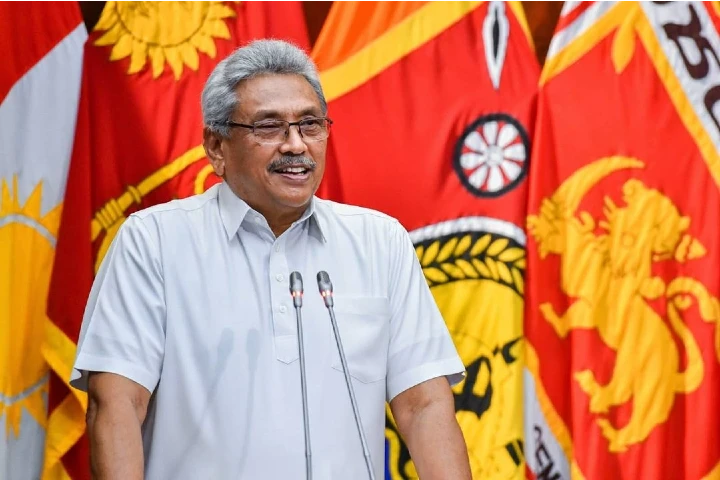Much action is happening in Sri Lanka but no solutions have been offered by either its leadership or by the opposition parties. Meanwhile, people continue to protest on the streets with a single demand that President Gotabaya Rajapaksa should go.
The embattled President has decided not to resign because his party, the Sri Lanka Podujana Peramuna (SLPP), still enjoys a simple majority. He offered an olive branch to the opposition but that has been rejected.
Understandably, the opposition has refused to join the unity government as urged by Rajapaksa because it does not want to inherit a mess for which there is no solution in sight. Despite parliamentary debates, the leaders have failed to find a solution to the humanitarian crisis engulfing the country.
So, what is happening?
Dhananjaya Tripathi, Assistant Professor, Department of International Relations, South Asian University, told India Narrative that the Rajapaksa government is desperately seeking international help—and that is where the solution to the crisis lies.
“There are serious discussions taking place between Sri Lanka and China for a $2.5 billion soft loan, which is likely to materialise. Also, Colombo is expecting a bail-out from the International Monetary Fund (IMF) soon”, says Tripathi.
He adds that because of the dire situation in Sri Lanka, India is likely to provide humanitarian aid besides what it has already given by way of a $1.5 billion line of credit for food, fuel and essentials.
“If this money from China and the IMF comes over the next 10-15 days, it will be a big relief for the people of Sri Lanka and the government will survive. After this, all that the Rajapaksa government will try to do is to manage public perception”, says Tripathi.
However, there is a caveat here. The financial aid that Colombo currently seeks from countries and international agencies will support the government by staving off hunger only for the next few months, maybe till the end of this year. What happens after that?
“The economic situation facing the country has been long in the making. Therefore, any permanent resolution to the crisis will also take a long time to sort itself out. Once the current emergency is sorted out, and if the Covid-19 situation eases, Sri Lanka will have to immediately run a campaign to bring in the tourists. A tourist inflow will help kick-start the standstill economy and generate work for local enterprises”, says Tripathi.
Also, President Rajapaksa’s withdrawal of the chemical fertiliser ban will help the agricultural sector—there will be more food and more economic activity.
Sri Lanka is so deep down in debt that it will take strenuous efforts and good governance for its governments over the next decade to put the country on a sustainable economic path.
Read More:
Sri Lankan refugees flee to India as inflation, food and water shortage bite
Sri Lanka shuts down power station as fuel runs out due to forex crisis




















